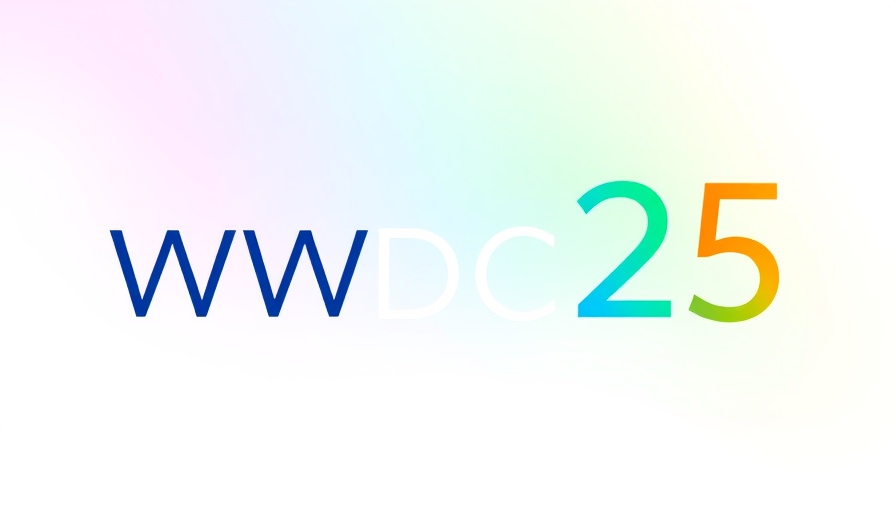
Apple's Aspirations: A Year of Disappointment
Last year, excitement buzzed around Apple's annual Worldwide Developer Conference (WWDC). Tech enthusiasts and developers alike eagerly anticipated a groundbreaking AI platform from the tech giant, set to rival the capabilities of OpenAI and Google. Yet, as the year unfolded, the enthusiasm turned to palpable disappointment. Apple's ambitious roadmap on AI and its promised innovations slipped further into the shadows, leaving many to ponder the viability of its AI strategy.
Unfulfilled Promises and Developer Frustrations
Apple's trajectory in the AI space, particularly its personalized assistant capabilities, has been marred by delays and inconsistencies. The new version of Siri, which Apple put forth as the cornerstone of its AI vision, has yet to reach consumers and developers alike. This lack of a context-aware assistant significantly undermines Apple's AI value proposition, making the once-hyped features appear thin and underwhelming.
For developers who rely on Apple's tools to innovate and create, the delay signifies lost opportunities to craft smart, interactive applications. As the excitement wanes, many developers now look for minimal enhancements rather than major overhauls. Gone are the days of bold predictions; now, the demand centers around smoother integration of AI into existing frameworks.
The Rise of DIY AI Solutions
One of the emerging challenges Apple faces is the rise in DIY AI development tools like Cursor, Replit, and Bolt.new. These platforms empower developers to create sophisticated applications more rapidly than traditional methods. No longer constrained to conventional coding practices, aspiring developers, and even non-technical users can harness the power of AI with ease, marking a significant shift in the tech landscape.
As more users discover the benefits of AI-powered applications on the web—exemplified by platforms like ChatGPT—the need for Apple to modernize its approach becomes glaringly evident. The tech giant must pivot away from its traditional model and embrace these tools if it hopes to retain its position in a competitive market.
WWDC 2025: A Moment for Reconciliation
With the next WWDC looming on the horizon, the stakes could not be higher for Apple. Developers are hoping for a show of faith—a commitment to not only facilitate seamless AI integration into its app ecosystem but also to empower developers with sufficient tools to leverage these innovations fully. Incremental improvements may not be glamorous, but their importance in restoring developer trust and confidence cannot be overstated.
Future Trends and Predictions
As we look to the future, the conversations surrounding Apple's AI capabilities must evolve into constructive dialogues about how the company can better serve the developer community. If Apple can successfully navigate the challenges posed by emerging competitors and fulfill its commitment to developers, there lies an opportunity for a resurgence in innovation.
Moreover, the ability to blend AI with user-friendly app development techniques may usher in a new era of applications that better facilitate user experience and engagement. For Apple, the imperative is clear: embrace change, listen to the developer ecosystem, and learn from this year of missteps.
The Human Connection: Why Developer Feedback Matters
Ultimately, Apple's journey toward AI excellence hinges on its relationship with developers. They are the architects of the app experiences users cherish, and understanding their needs is paramount. For Apple to truly flourish in the AI realm, it must foster a collaborative environment where feedback is prioritized and innovation thrives.
As WWDC 2025 approaches, developers are not just waiting for shiny new products; they’re looking toward a future where their voices resonate within Apple's decision-making processes. Will Apple heed the call?
As the tech world braces for updates, there remains an overarching question: Can Apple make amends and capitalize on a future filled with limitless AI possibilities? Only time will tell.
 Add Row
Add Row  Add
Add 



Write A Comment